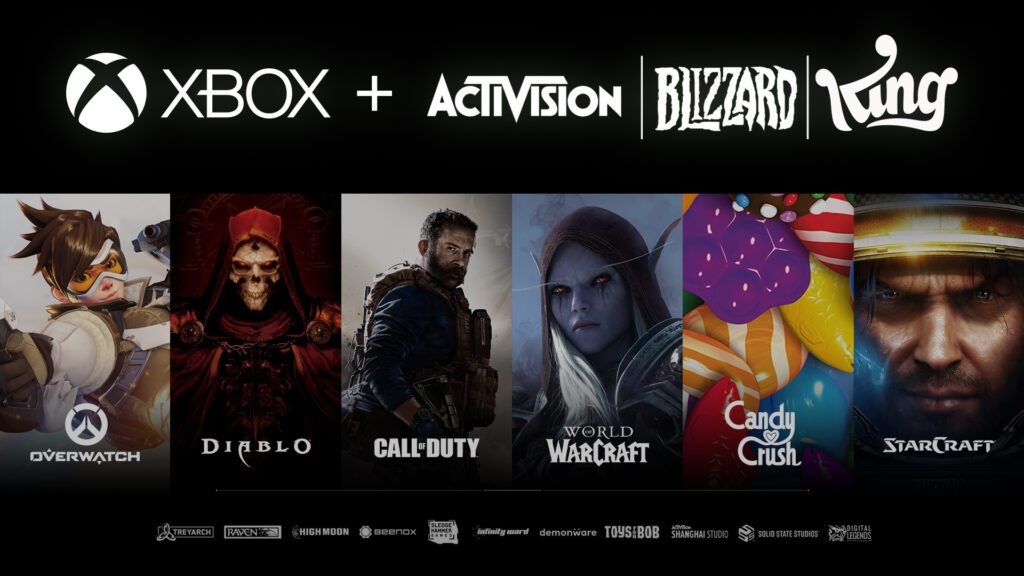Developing a video game involves several stages, including pre-production, production, post-production, and release. Pre-production determines the game concept, creating a prototype, designing the game mechanics, storyline, characters, art style, and sound effects while outlining the budget, schedule, and target audience. During production, different teams of developers work on different aspects of the game, leading to repeated testing and modification of game mechanics to achieve an enjoyable player experience. The post-production stage is when developers fix bugs, finalize artwork and animation, and refine features to ensure that the game meets quality standards. Finally, during the release stage, the game is launched through different channels, and developers must continue monitoring and releasing updates to improve gameplay.
Inside the World of Game Development: How Games are Made
Video games are one of the most popular forms of entertainment and are appreciated by people of all ages. The gaming industry is an ever-evolving sector that is constantly introducing new technology and concepts to keep players entertained for hours on end. Have you ever wondered how video games are made? This article will explore the world of game development and the process of making video games from start to finish.
Pre-Production
The pre-production stage is the first step in the game development process. This stage focuses on determining the game concept and developing the initial plan of action. It involves designing the game mechanics, storyline, characters, art style, and sound effects. Most importantly, it includes outlining the budget, schedule, and target audience.
The pre-production stage also involves creating a prototype or a minimal version of the game. Developers create a “proof of concept” version, which they use to receive feedback from testers and gamers, to make sure that the concept of the game is plausible and enjoyable to play.
Production
Once the pre-production stage is complete, developers move onto the production phase. This is where the actual creation of the game begins. This stage involves different teams of developers working on different aspects of the game simultaneously. One team focuses on designing the levels, while the other team creates character models, artwork, and animation. The development team also creates the game’s code and engine.
The production stage is a lengthy process and can take a few years to complete. It involves the developers consistently testing the game as they progress through the development, fixing any errors or bugs, and ensuring that the game runs smoothly. A game can have several versions during this stage. Developers repeatedly work with prototypes, testing them, and modifying the gameplay and mechanics to create an enjoyable player experience.
Post-Production
The post-production stage is where developers “polish” the game, preparing it for release. This stage involves fixing any final bugs that may have made it through the production stage, correcting any glitches, finalizing artwork and animation, and adding additional features like game modes or multiplayer options. It is at this stage that the game’s music and sound effects are also finalized.
Post-production requires a lot of testing and finalizing features to ensure that the game is of high quality when it is released. The game is then sent for certification, a process where the game goes under examination to ensure it meets the quality standards and regulatory requirements set forth by application stores like Google Play and the App Store for mobile games. A game can be rejected during this certification stage, so it is essential to ensure that everything is perfect before release.
Release
The final stage is release when the game goes live and launches in the market. Developers release games through different channels, and the game is available as a physical copy, digitally, or both. Upon release, the game is available for purchase, and developers must continue to monitor and fix errors or bugs that may arise while creating new content or releasing updates to improve gameplay.
Game Developers may also run promotions or offer downloadable content (DLC) to keep players engaged and to create a more comprehensive gaming experience.
Conclusion
The process of creating a video game is a lengthy and arduous task that requires innovative ideas, technical knowledge, and efficient teamwork to create an immersive gaming experience. The pre-production and production phase require continuous testing and refinement to ensure that the game meets the requirements and expectations of the gamers, while the post-production and release stage necessitate constant monitoring and updates to ensure that the game remains popular over time. The gaming industry continues to evolve and improve, and as such, the process of creating video games progresses further, ensuring that future games are more scientific, realistic and fun than ever before.
